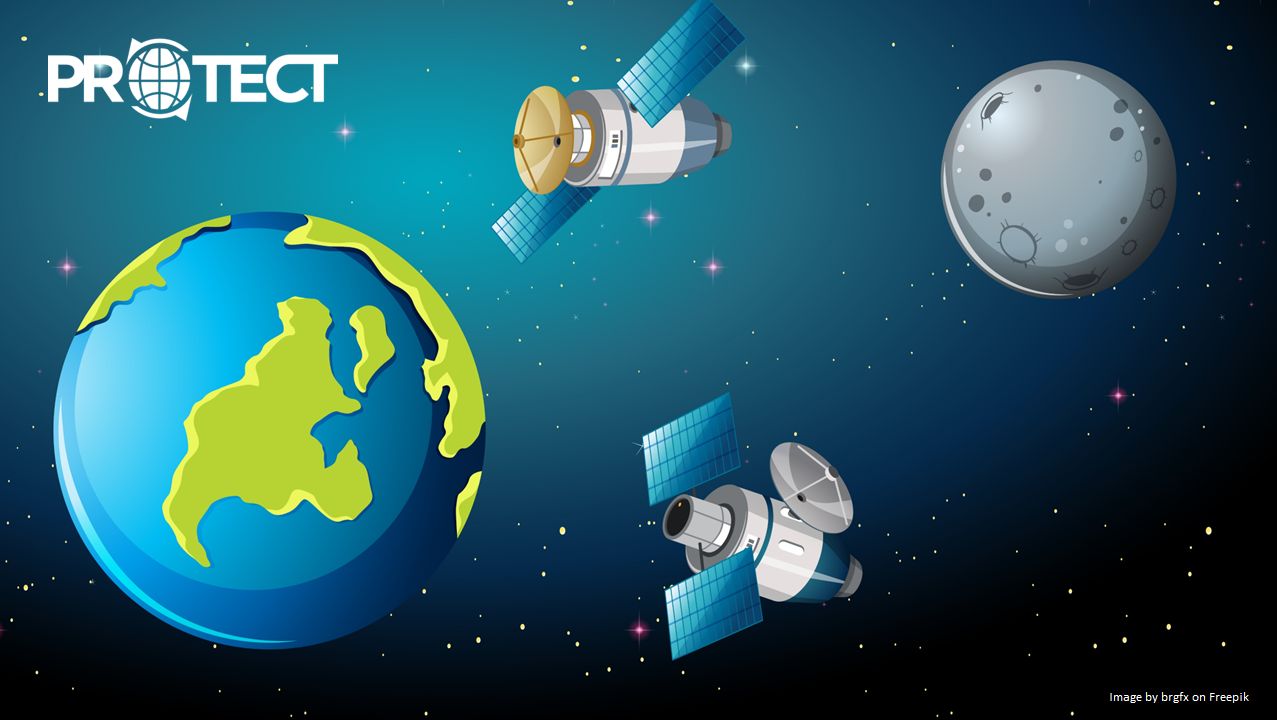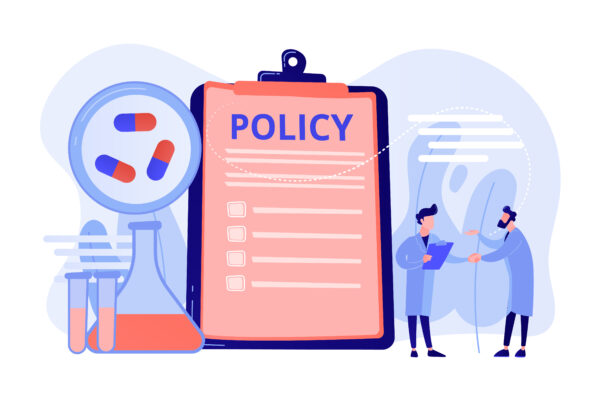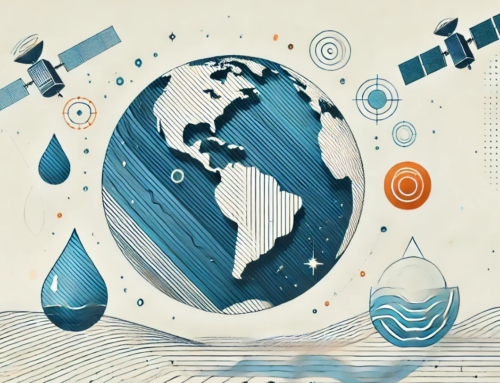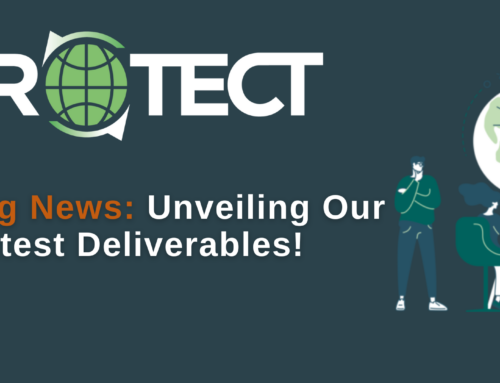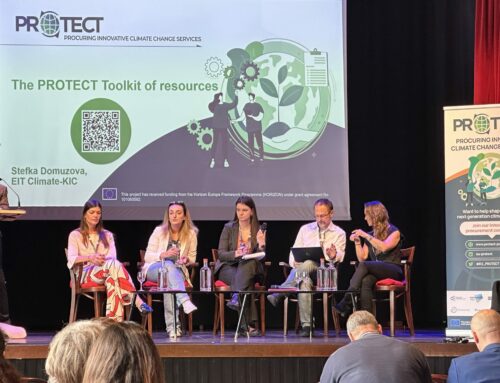Download the full text of this policy brief here
Summary
- Using Pre-Commercial Procurement (PCP), Earth observation-based service providers can conduct R&D while receiving direct client feedback and inputs.
- When implemented properly, PCP can bridge multiple policy-level and market level gaps.
- Innovation Procurement can support the development of service delivery and business models that leverage EO climate services to advocate for more environmentally sustainable practices in various sectors.
Introduction
Achieving climate neutrality by 2050 and reducing greenhouse gas emissions by at least 55% by 2030 are objectives of the European Union (EU). These goals are fundamental to the European Green Deal and are consistent with the European Union’s pledge to take global action as outlined in the Paris Agreement. The realization of the green transition in Europe necessitates the active engagement of all relevant stakeholders who possess the ability to effectuate profound and systemic alterations. By means of the Copernicus program, the GEO initiatives, EMODnet, the European Commission (EC) Knowledge Centre of Earth Observation, and the establishment of sizable, high-quality, open-access repositories of fundamental climate data, the EC has also made substantial investments in recent years to promote the development of Earth Observation (EO) data and EO in particular. Additionally, the EC provides funding for an increasing number of Climate Services (CS) related activities. In addition to cross-sectoral research on CS markets (for instance, CLARA, EU-MACS, and MARCO), these activities include initiatives under the H2020 and ERA4CS programs that cover a wide range of industries, from water to energy, from agriculture to cities, marine environments, and tourism.
Although the public sector has been the primary consumer of EO services since 2012 and is expected to continue doing so, despite these endeavours, there has been no significant adoption of CS that could facilitate a substantial turnaround [6]. The reason for this phenomenon is the fragmented public demand for CS across different sectors and regions of Europe. Additionally, potential users lack awareness and understanding regarding the ways in which climate information and data obtained through different EO modalities can assist them in tackling challenges and anticipating upcoming needs. The identical fragmentation hinders CS suppliers from meeting demand and developing suitable, individualized, and implementable solutions, thereby having a direct effect on the supply side. The implementation of innovative and suitable governance models is crucial for public authorities to effectively comply with forthcoming climate change legislation, as transformative changes, including those exemplified by the Green Deal, are inherently dynamic in nature.
Public procurement (PP) enables contracting authorities (public authorities and bodies governed by public law) across all levels (particularly regions and cities) in the European Union to significantly contribute to the definition and advancement of innovative, environmentally friendly, and sustainable policies and initiatives.
Cooperation to mitigate the fragmentation of demand for CS and promote the adoption of innovative PP practices is thus in the best interest of all contracting authorities in the EU, particularly those tasked with overseeing budget control and decision-making regarding their procurements, and which are particularly important sectors and areas that are profoundly affected by climate change. An approach to operationalizing these partnerships among diverse stakeholders is through PCP-related initiatives, such as PROTECT, which are funded by the European Commission under the HORIZON EUROPE program. Despite the providers of EO-based climate services desiring to customize these services to meet the requirements of public authorities, they have encountered numerous obstacles over time, including and not limited to:
- Limited financial and human resources on both public authorities and suppliers,
- Obstacles related to communication from the use of both technical and non-technical terminology,
- Restrictions from policies perspective depending on the country,
- Insufficient knowledge regarding the capabilities of EO to address or alleviate the requirements of public authorities, and
- Insufficient delineation of the requirements or technological facets.
Therefore, by implementing PCP-related initiatives, the aforementioned disparities could be bridged, which would further the development of EO-based solutions. These voids may be filled within the scope of a PCP by means of the following activities, among others:
- Open Market Consultations
- Pain Point Workshops
- Trainings on an assortment of subjects
Policy developments
Multiple duties and investigations have been undertaken during the PROTECT initiative to prepare the groundwork for an actual PCP. One of these activities stood out as a significant foundation for all stakeholders, particularly in regards to the policies that have the potential to stimulate the demand for climate services and PCP at the European Union level. The types of policy instruments studied were Regulations, Directives, and Communications.
It has been observed throughout this study that the European Union has implemented a multitude of policies in recent years with the objective of diminishing greenhouse gas emissions (GHG) and alleviating the consequences of climate change.
EO is a critical domain in which European policies are fostering increased demand for climate services. Numerous programs and initiatives of the European Union are focused on monitoring the effects of climate change and advancing our understanding of the planet’s systems. As a result, the EU is a leader in the field of EO. The development of innovative environmental products and services, such as those that assess the health of ecosystems and forecast natural disasters, can be facilitated through PCP of EO solutions.
Innovation Procurement can significantly facilitate access to cutting-edge solutions that utilize EO climate services to tackle unresolved obstacles associated with the implementation of climate policy. As an illustration, Innovation Procurement may facilitate the creation of novel tools and applications that support decisionmaking and risk management in domains including energy systems, water resource management, and disaster response, as well as enhance climate monitoring, modelling, and forecasting via EO data.
Additionally, Innovation Procurement can facilitate the creation of service delivery and business models that leverage EO climate services to promote more environmentally friendly practices in sectors including urban planning, agriculture, and forestry.
Opportunities
There are numerous opportunities for stakeholders to participate in this initiative for the development of innovative EO-based solutions, which can be categorized into the following levels:
- European level (e.g. HORIZON program)
- National level (depending on the country)
- Regional level (depending on the country)
In general, the primary advantage is that all participants in these endeavours benefit: challenges are addressed and novel services are introduced to the market.
Conclusions
The usage of PCP should be increased by stakeholders in order to produce EO-based solutions that are customized to meet the unique requirements of the stakeholders. The usage of PCP is not only advantageous for the providers, but it is also an excellent instrument for filling in the gaps on a number of different levels, including knowledge, financial support, communication, cooperation, and collaboration between stakeholders.
Recommendations
- Enhance knowledge regarding the PCP initiatives.
- Apply the PCP methodology to the development of EO-based solutions.
- European policies are stimulating a surge in demand for climate services in the crucial domain of EO.
See All PROTECT Project Policy Briefs
See all PROTECT Policy Briefs for your free download in our knowledge hub here

